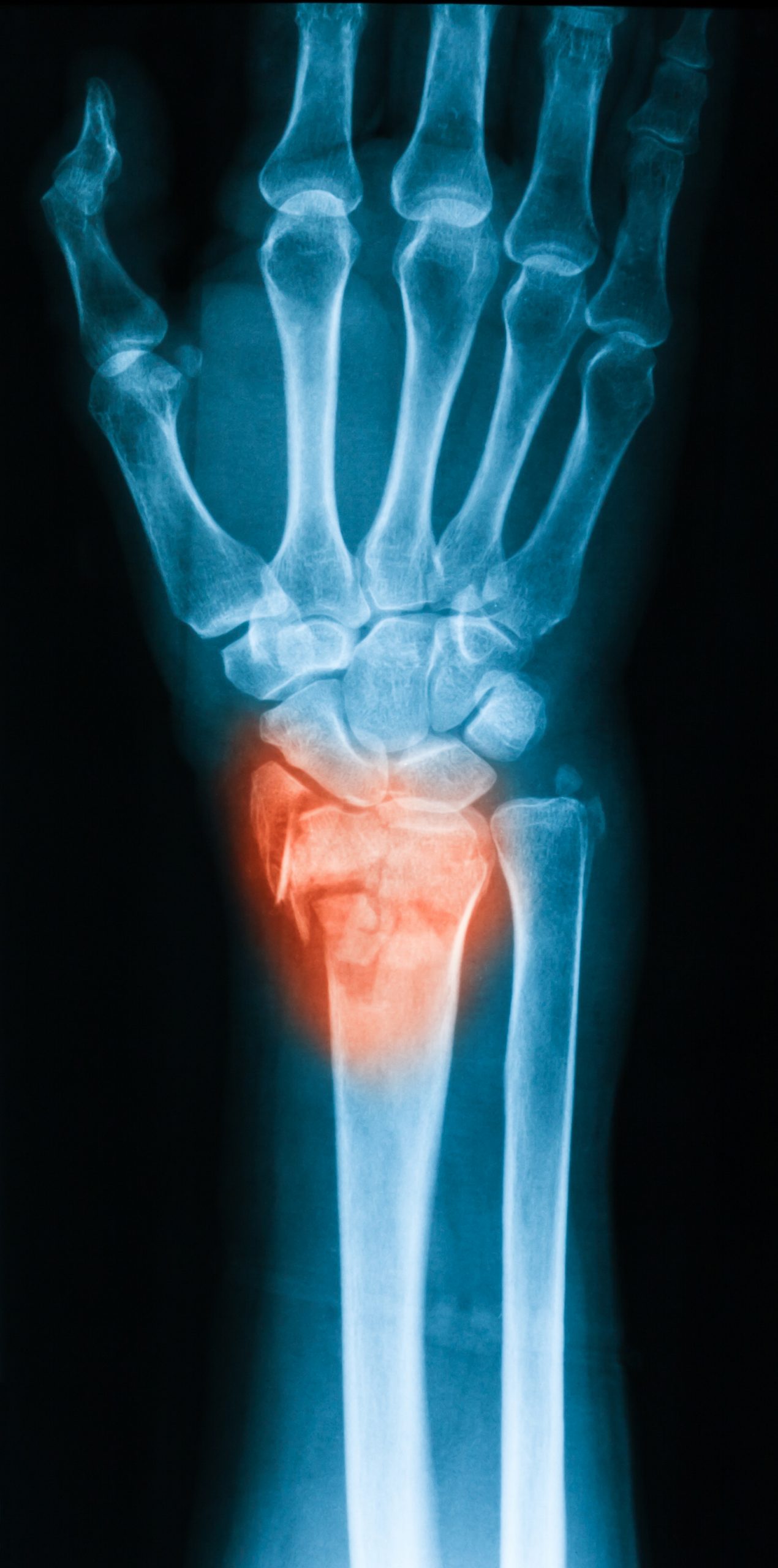
How does ulna shortening treat wrist pain?
An osteotomy of the ulna designed to shorten the bone can have many long-term positive patient outcomes. One of these is the removal of wrist pain and the restoration of a full range of movement in the joints of the hand and wrist. Surgeons should be aware of the pros and cons of an ulna shortening procedure so they can accurately advise patients on the treatment options which are best for them.
Causes of wrist pain in adults
Ongoing wrist pain that doesn’t go away can have a significant impact on someone’s quality of life. This is because the wrist typically flexes, undergoes strain, and carries weight on a regular basis. Pain in the wrist can also directly impact any actions that involve precise hand movements. The following are some of the most common causes of wrist pain in adults:
- Fracture or sprain due to a sudden impact.
- Repetitive stress or other long-term conditions such as carpal tunnel or arthritis.
- Ulnar impaction syndrome. This causes the ulna to be longer than the radius, resulting in occasional contact with some of the smaller bones in the wrist.
In most cases, wrist pain is accompanied by swelling, redness, or loss of movement and grip strength which can make it easier to diagnose. With ulna wrist pain specifically, a clicking sound can also accompany movement as the bones come into contact.
What is the process of ulna shortening?
As the name suggests, the purpose of ulnar shortening osteotomy is to reduce the length of the ulna. This can result in a tightening of the triangular fibrocartilage complex (TFCC), interosseous membrane, and ulnocarpal ligaments. These outcomes are desirable as they can help remove the risk of the ulna interfering in the wrist joint in cases of ulnar impaction syndrome. This procedure can also reduce the amount of load that goes through the ulnar side of the wrist compared to the radius side, thereby reducing the likelihood of wrist pain returning in the future.
The first step in an ulna shortening procedure is to check that it is safe to conduct. Once all the necessary safety measures have been taken and proper instrumentation is prepared, it can follow these broad steps:
- An incision is made to gain access to the ulna. Then a predetermined section of bone is removed to shorten it. This osteotomy can be done at either the distal or proximal end of the ulna.
- The two pieces of bone must then be pulled together, ensuring the ulna is now in a favourable position.
- Lastly, a forearm and wrist plating implant and orthopaedic screws must be applied to fix the bones in position. If the patient has suffered a fracture, this plate will be inserted at the fracture site. Otherwise, it will be positioned to provide maximum stability to the arm and wrist.
For more detail on the surgical procedure of ulna shortening, see Skeletal Dynamics’ Ulna Shortening System or the surgical procedure for the FREEFIX Forearm Plating System.
Ulna shortening as a treatment for wrist pain
An ulna shortening procedure should only be sought once more conservative treatment options for wrist pain have been exhausted. Examples include physical therapy or changing habits. When these fail, it will usually confirm the presence of an ulna bone that is pressing excessively on the wrist. The ulna shortening procedure is then more likely to result in long-term relief from wrist pain.
Specialised orthopaedic systems such as the FREEFIX Ulnar Shortening System give surgeons the flexibility to address patient specific pathologies. This device comes with options for both proximal and distal osteotomies, as well as accommodating compression screws and locking screws. Once internal fixation has been achieved, the ulna shortening plate maintains rotational stability in the forearm. For a more dedicated fracture reduction system, there’s the FREEFIX Forearm Plating System. This can be used to repair midshaft fractures of either the ulna or radius.
Orthopaedic devices for ulna shortening
LEDA are proud to work in collaboration with some of the leading orthopaedic suppliers across the globe in order to facilitate procedures such as ulna shortening. It’s one of our goals to bring innovations in orthopaedic surgery to the forefront of general medical use. As such, we don’t just supply devices for use in the upper extremities, we also distribute a range of implants for the treatment of lower extremity injuries complete with specialist instrumentation. This includes treatments for highly complex injuries, such as a pelvic fracture. Contact a member of the LEDA team today to get started.